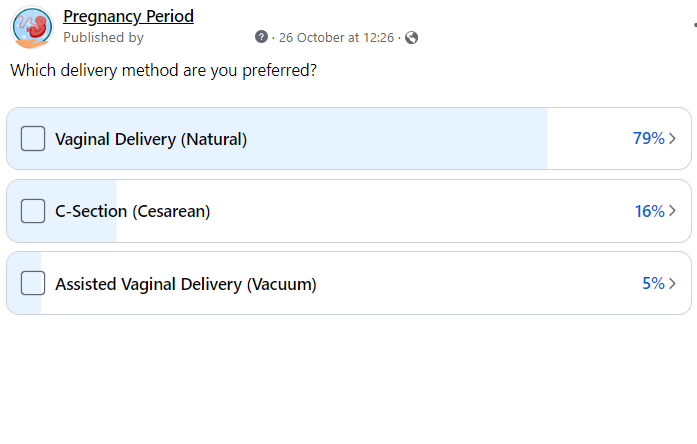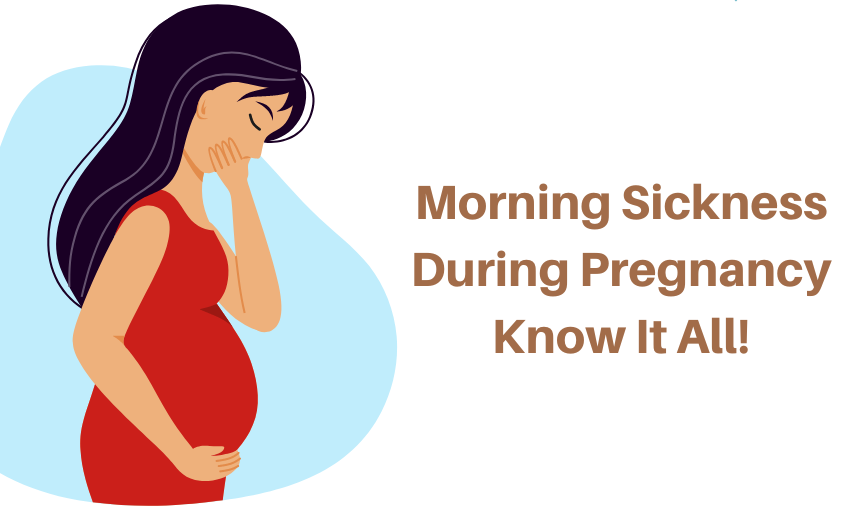When it comes to childbirth, the journey of is as unique as the individuals involved. The process of bringing a new life into the world can be a mix of joy, anticipation, and sometimes anxiety. One crucial decision that expecting mothers and their medical teams must make is choosing the childbirth delivery methods. In this article, we will explore three common methods: natural delivery, caesarean delivery, and vacuum delivery. Each method has its advantages and disadvantages, and the choice depends on various factors.
Let’s dive into the details and make an informed decision during pregnancy period on childbirth method.

Natural Delivery (Vaginal Delivery):
Process:
Natural childbirth delivery methods involves the baby passing through the birth canal (vagina) without the use of surgical intervention or vacuum assistance.
Advantages:
– Typically quicker recovery for the mother.
– Reduced risk of surgical complications.
– Promotes connection between the mother and the baby.
– Lower cost compared to a C-section or vacuum delivery.
Risks:
– Prolonged labor or complications can lead to physical trauma or tearing.
– Increased risk of incontinence and pelvic floor issues.
– Possibility of the baby experiencing birth-related injuries.
Cesarean Delivery (C-Section):
Process:
A C-section involves surgical delivery of the baby through an incision in the mother’s abdomen and uterus.
Advantages:
– Planned C-sections can be scheduled, providing predictability.
– Reduced risk of birth-related injuries for the baby.
– May be necessary in cases of complications or emergencies, such as breech presentation or placental issues.
– Lower risk of pelvic floor issues for the mother.
Risks:
– Longer recovery time for the mother due to surgical incision.
– Increased risk of surgical complications, such as infection and bleeding.
– Limited skin-to-skin contact between the mother and baby immediately after birth.
– Potential impact on future pregnancies, such as an increased risk of placenta previa.
Vacuum Delivery (Vacuum-Assisted Vaginal Delivery):
Process:
Vacuum delivery is a technique where a vacuum extractor is used to assist in the baby’s passage through the birth canal during a vaginal delivery.
Advantages:
– Can help shorten the second stage of labor, reducing the need for a C-section in some cases.
– May be used when the baby’s head is not descending properly.
– Allows for a vaginal delivery when a C-section might otherwise be considered.
Risks:
– Vacuum extraction can cause temporary scalp swelling or bruising in the baby.
– Maternal risks include vaginal tears and potential complications.
– Not suitable for all cases, and it requires skillful use by the healthcare provider.
– If unsuccessful, a C-section may still be required.

compare childbirth delivery methods among natural delivery vs cesarean delivery vs vacuum delivery
Here are five frequently asked questions (FAQs) regarding natural delivery, cesarean delivery (C-section), and vacuum delivery:
What is natural delivery, and how does it work?
– Natural delivery, also known as vaginal delivery, is the process where a baby is born through the birth canal (vagina). It is the most common way of childbirth. The process typically involves stages of labor, including contractions, dilation of the cervix, and ultimately the birth of the baby.
When is a cesarean delivery (C-section) recommended?
– A C-section may be recommended when there are complications or medical reasons that make a vaginal delivery less safe. Common reasons include breech presentation, placental issues, fetal distress, or a prior history of C-section. It can also be scheduled in advance in some cases.
What is vacuum delivery, and when is it used?
– Vacuum delivery is a technique where a vacuum extractor is applied to the baby’s head to assist in the delivery process during a vaginal birth. It is typically used when there are concerns about the baby’s progress down the birth canal, but a C-section is not immediately necessary. It can help avoid surgical intervention in some cases.
Are there risks associated with these delivery methods?
– Each method has its own set of threats. Natural delivery can result in tearing or other physical trauma. C-sections have surgical risks, such as infection and bleeding. Vacuum delivery can cause temporary swelling or bruising on the baby’s head and poses maternal risks, such as vaginal tears.
Can I choose my preferred delivery method, or is it determined by the healthcare provider?
– The choice of delivery method is influenced by various factors, including the health of the mother and baby, the presence of complications, and the preferences of the healthcare provider. In some cases, such as an elective C-section, the choice may be more patient-driven. It’s essential to discuss your options and concerns with your healthcare provider to make an informed decision based on your specific circumstances.
Read More About Back Pain During Pregnancy
The choice between these childbirth delivery methods depends on various factors, including the health of the mother and baby, the presence of complications, and the preferences of the medical team and the mother. The decision should be made in consultation with your healthcare provider, who will consider your specific circumstances to determine the most appropriate method of childbirth. Although a vaginal delivery is the safest and most common type of childbirth. Vaginal deliveries account for about 68% of all births in the United States. While each method has its advantages and disadvantages, the most important thing is ensuring the health and well-being of both mother and baby. Result of ‘Pregnancy Period‘ survey on Facebook. Join us a online event on ‘How to make easy natural delivery.’














